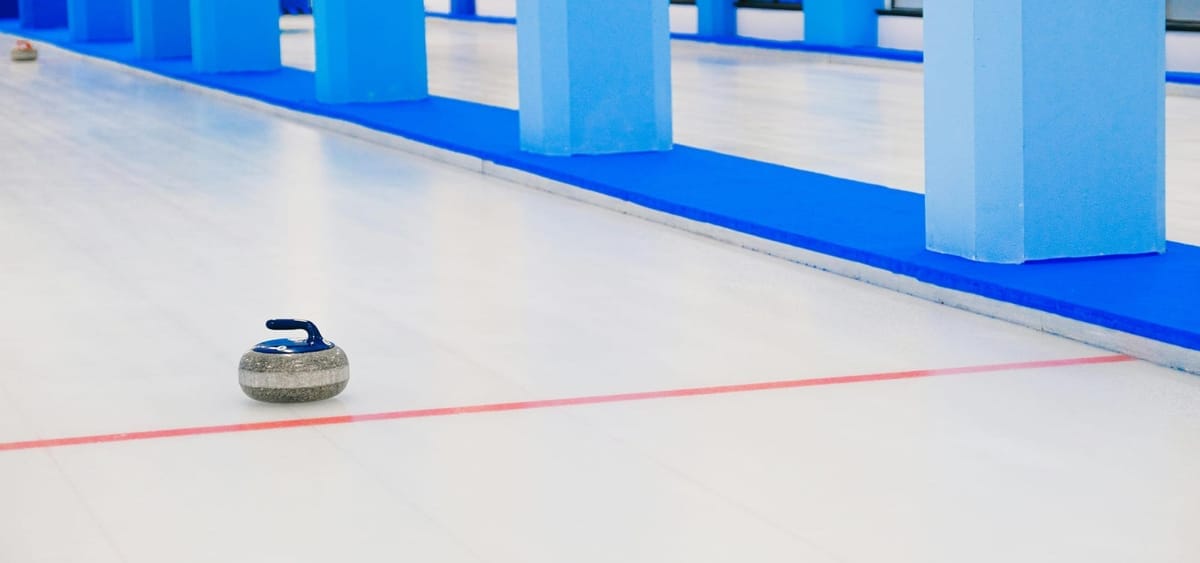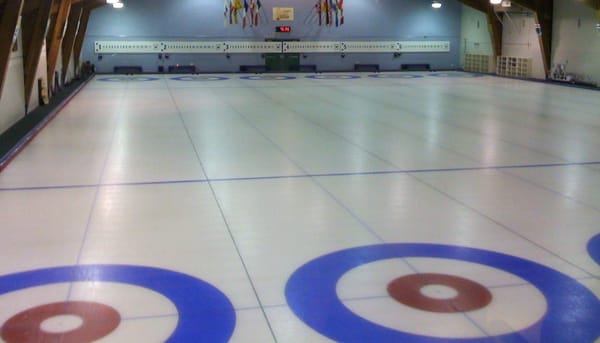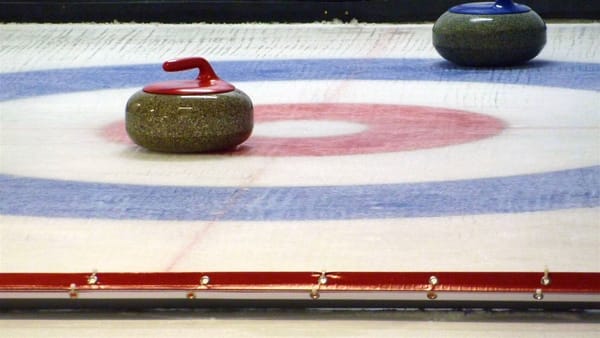The Hog Line: A Multifaceted Boundary

In the sport of curling, the hog line is more than just a simple line on the ice; it serves multiple critical functions that influence gameplay and strategy. Each curling sheet features two parallel hog lines at each end, playing distinct yet interconnected roles in the delivery of stones and determining whether they remain in play.
The Near Hog Line: A Boundary for Delivery
The hog line closest to the thrower is known as the near hog line. This line is essential in regulating how and when a curler can release the stone. According to the rules, the stone must be released before it touches the near hog line; if it touches the line beforehand, it is immediately removed from play.
Technological Advances
In competitive curling, high-tech sensors have been integrated into the handles of curling stones to ensure accurate compliance with this rule. These sensors work in conjunction with magnetic strips located beneath the ice, providing a reliable method for detecting whether the stone has crossed the near hog line before being released. This technology has significantly reduced disputes and errors related to hog line violations, particularly at high-level competitions.
Historical Context
The introduction of the near hog line as a release boundary arose in the mid-20th century as curlers began incorporating the slide into their delivery technique. Previously, most curlers delivered the stone from a stationary position, much like shuffleboard. The slide delivery allowed for increased power and control but also presented the risk of players sliding the entire length of the sheet and simply placing the stone directly in the house. The near hog line was established to prevent this practice, preserving the strategic integrity of the game.
The Far Hog Line: A Boundary for Staying in Play
The far hog line, located at the opposite end of the sheet, marks the beginning of the area that is considered in play. For a stone to remain active in the game, it must completely cross this line. If a stone fails to do so, it is removed from the ice and no longer factors into the end.
Evolution of the Hog Line Rule
Interestingly, the hog line was originally utilized solely to delineate the in-play boundary of the sheet. The concept of the near hog line as a release boundary emerged only as the slide delivery gained popularity, necessitating rules to prevent players from sliding the full length of the sheet during delivery.
The rules governing the hog line and slide delivery have evolved significantly over time:
- 1950s: Players were prohibited from crossing the near hog line with any part of their body during delivery.
- 1973: The international governing body for curling modified this rule, allowing players to cross the near hog line as long as the stone was released before touching the line.
These changes reflect the sport's adaptability and commitment to maintaining fair play while accommodating evolving techniques.
The Name: A Nod to History
The term "hog line" may sound peculiar, but it has historical roots in old Scottish shepherding terminology. Baby sheep were referred to as "hogs," and the line of these young sheep at the back of a flock was called the hog line. This line represented the farthest distance a sheep could be from the rest of the group and still be considered part of it. Similarly, in curling, the far hog line marks the greatest distance a stone can be from the house while still remaining in play.
Conclusion
The hog line in curling is a multifaceted boundary that plays a vital role in both the delivery of stones and the strategic elements of the game. Understanding its function—both historical and practical—helps players navigate the complexities of curling and enhances their appreciation of this intricate sport. As curling continues to evolve, the hog line will undoubtedly remain a cornerstone of gameplay, ensuring fairness and maintaining the challenge that has defined the sport for centuries.



